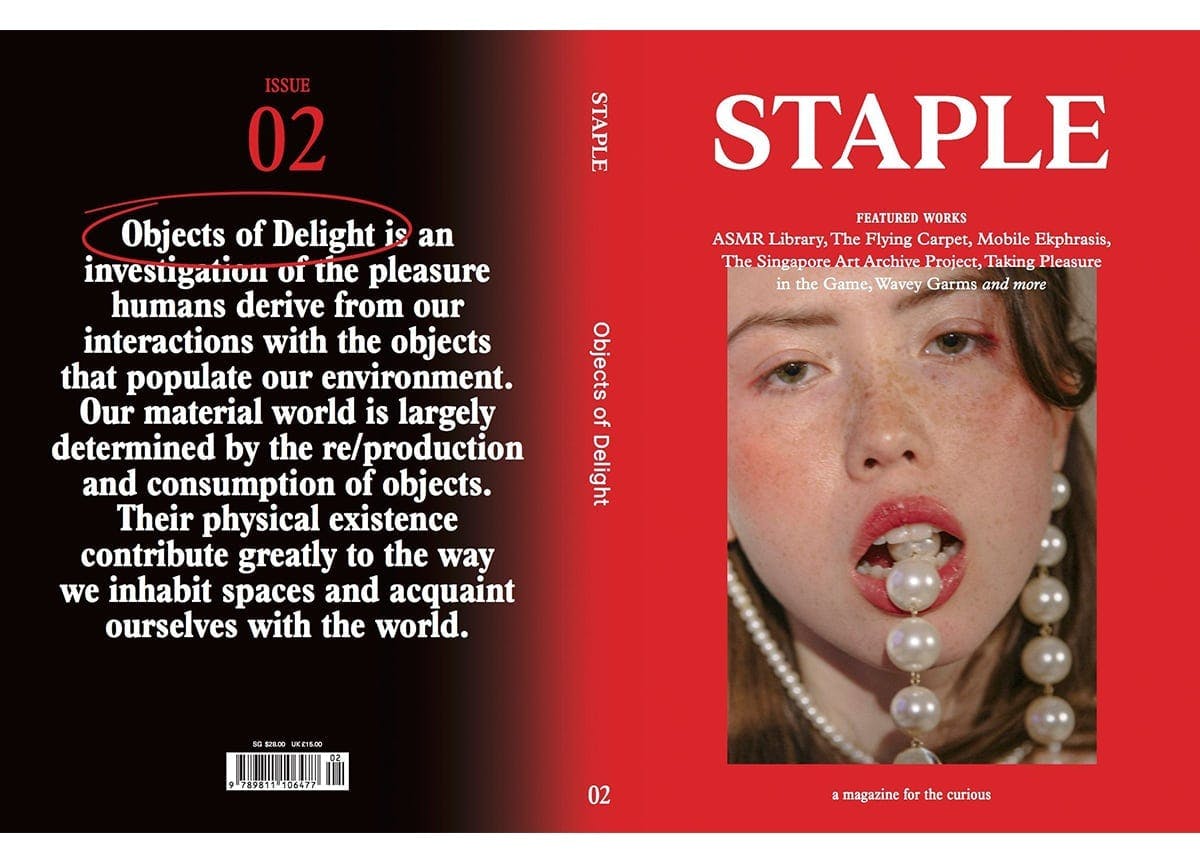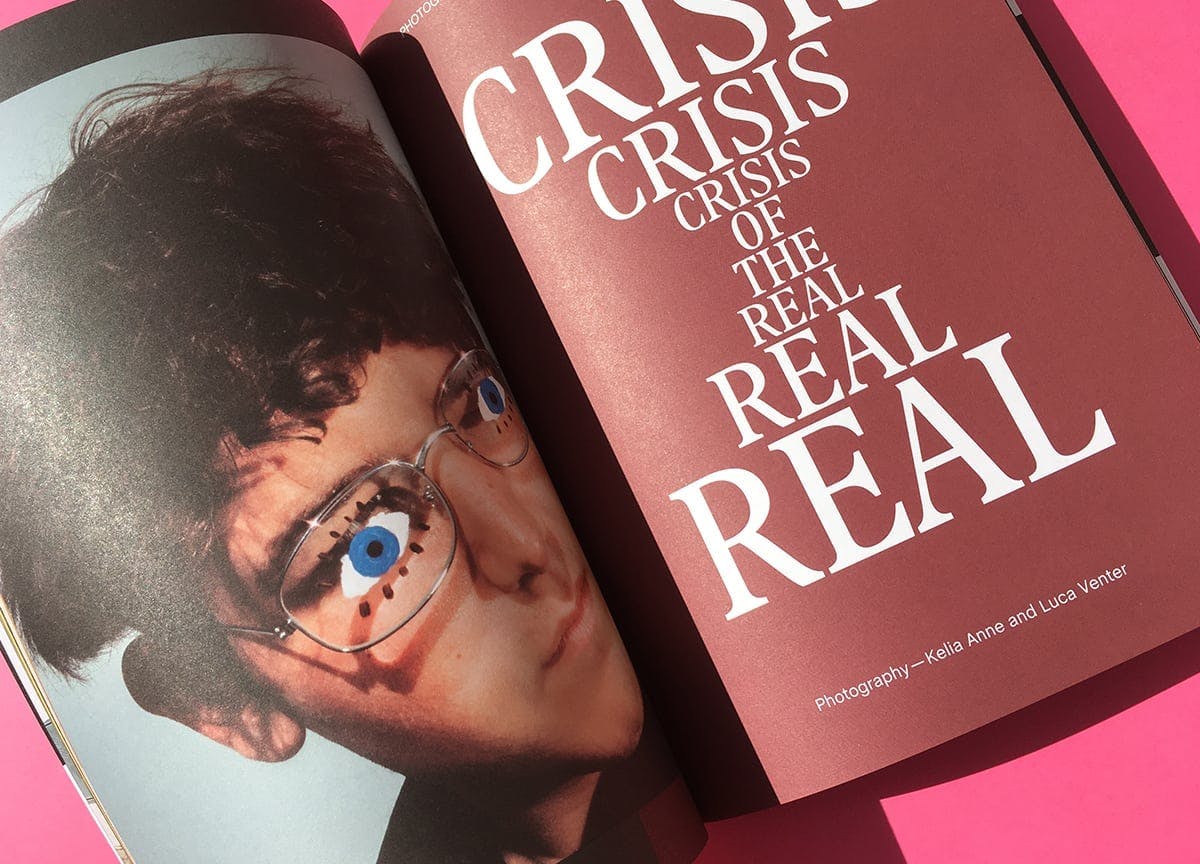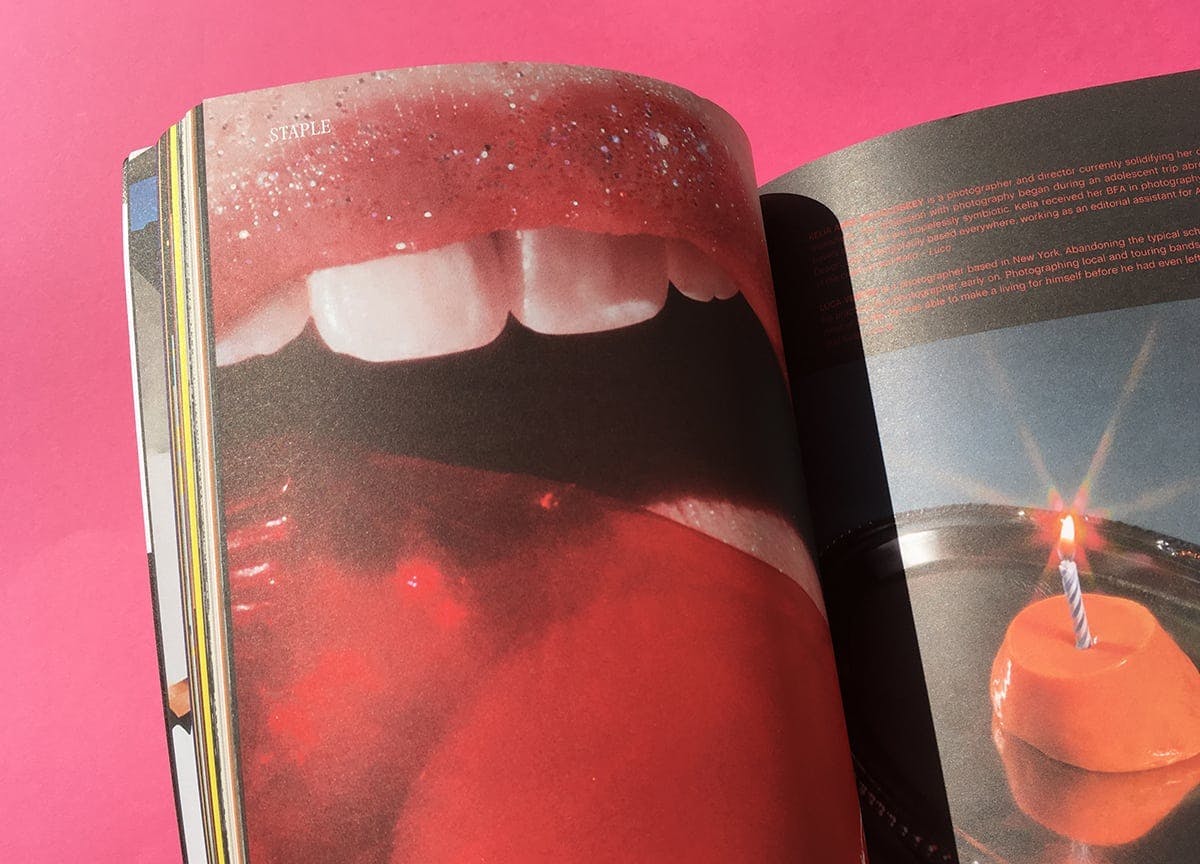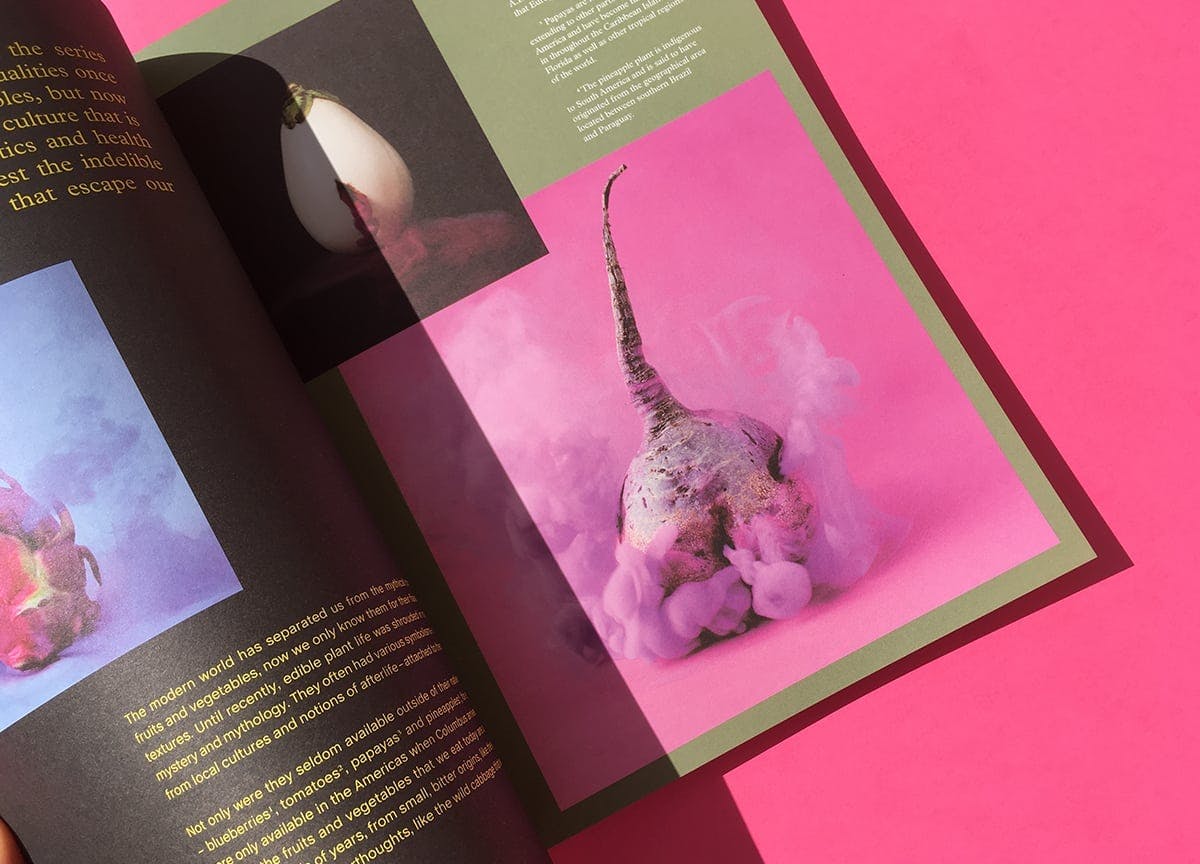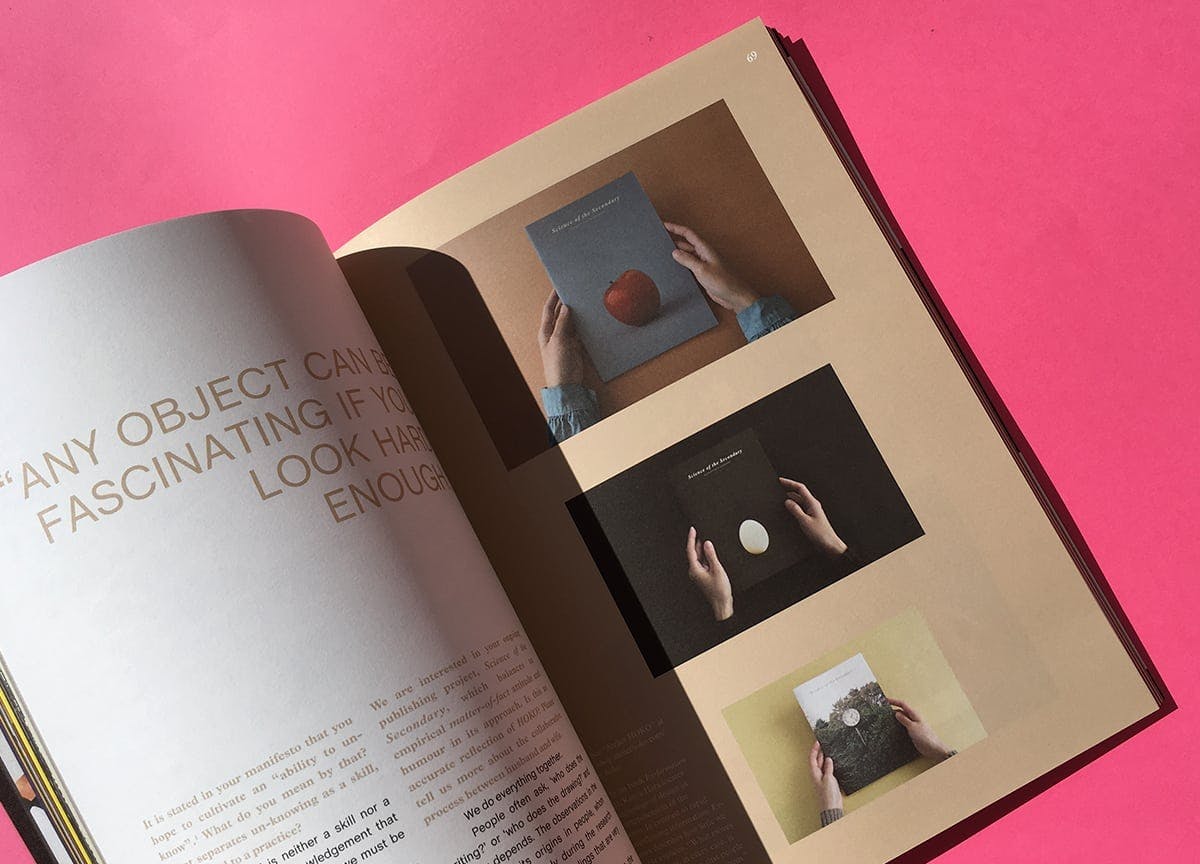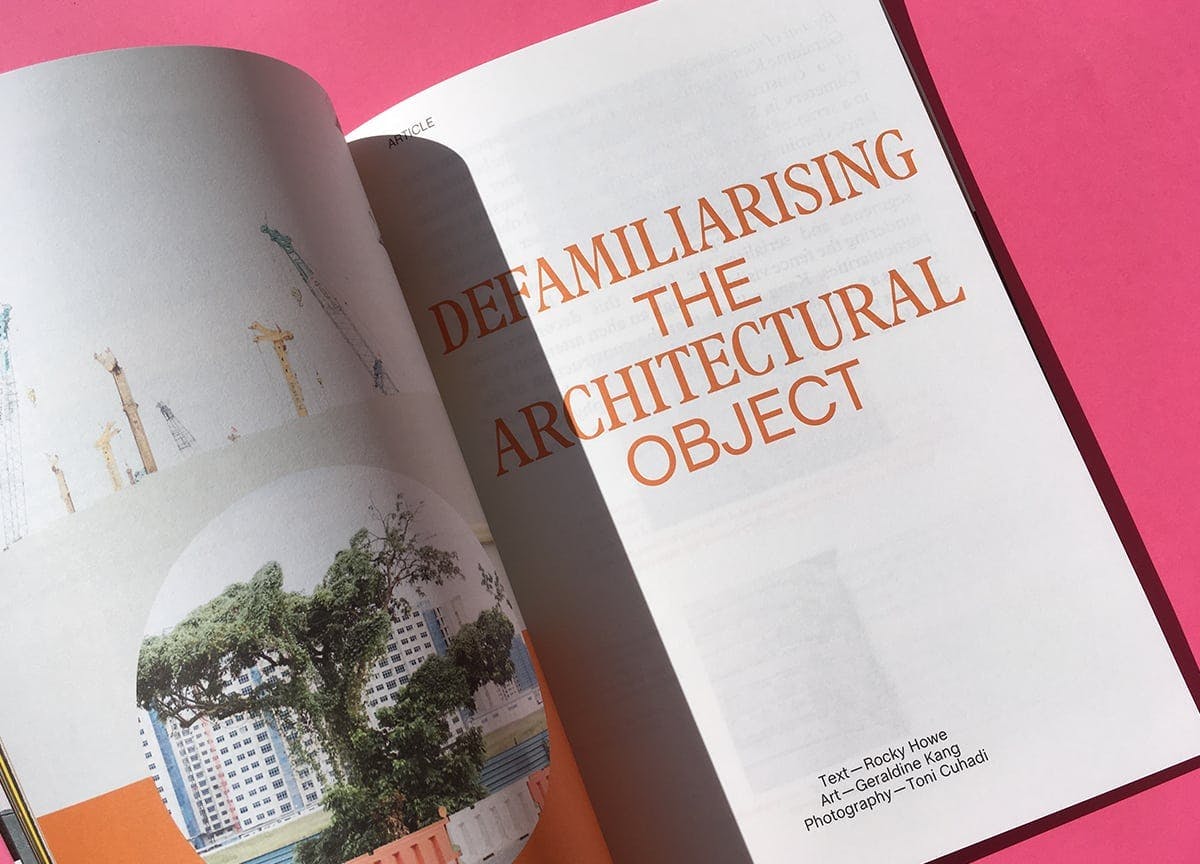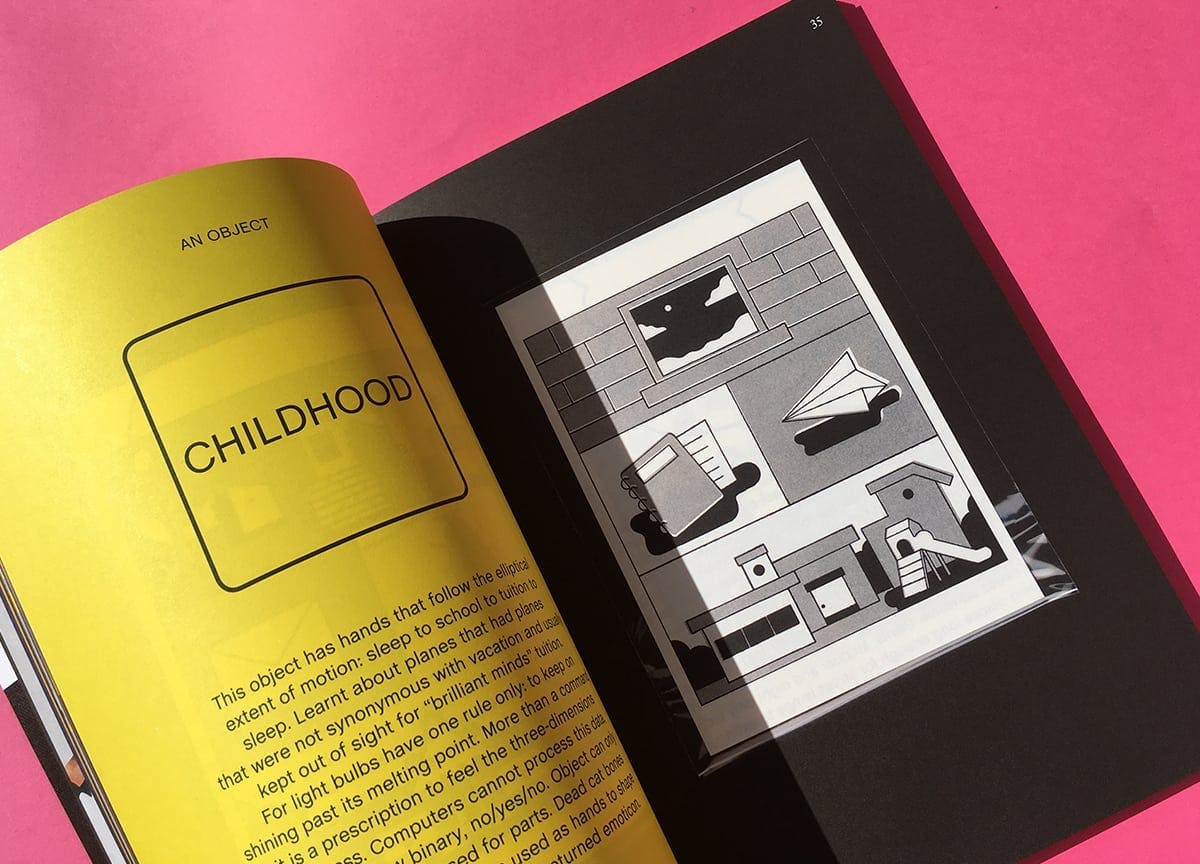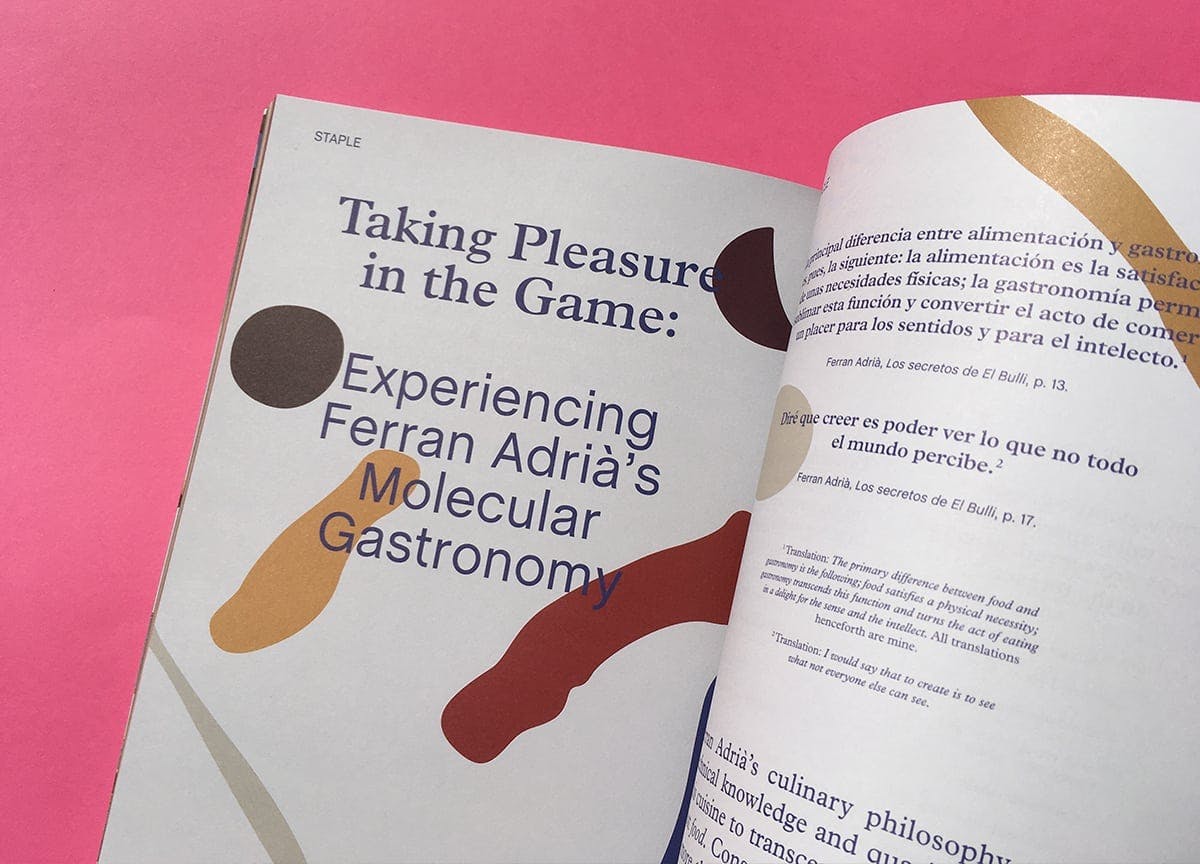What objects give us pleasure? Staple magazine explores
Staple magazine first piqued our interested when we were researching for different, exciting publications coming out of Asia. Providing a thoughtful, nuanced examination of social and cultural experiences, the Singapore-based title has a global outlook. This second issue subverts mainstream interpretations of desire, by looking at the way we find pleasure in objects around us. From printed matters to trendy clothing, obscure knick-knack collections to ASMR, it takes an in-depth probe into the things that give us enjoyment, arousal and identity.
Each feature is framed with its own colour scheme, and bursts of inventive typography will keep you on your toes as you navigate through the beautifully put-together publication. Editor-in-chief Clara Lee gives us her definitive guide to the issue below.
(If you’re in London, hear Staple’s co-founder and communications director Yi Ping Tan speak in a panel of independent publishers discussing beauty and desire, at our next event on Tuesday, 22 May.)
1. The Social Life of the Object
Seeking to reclaim a bodily intervention with the world, this issue’s theme Objects of Delight stems from a desire to touch, feel and play with the objects around us. After all, one of the many appeals of the print magazine (in an age where the Internet reigns supreme) is its tactility. In the process of its making (and its commodification) it is passed from one pair of hands to another — paper manufacturer, printer, binder, distributor, stockist, buyer. Outlining a network of transfer, characterised by a body-to-body transmission, objects can be both product and trace of labour. The production of a social space is explored within the magazine by Zaahidur Rahman in an essay titled Wavey Garms (above), with accompanying images by Ezekiel Santos.
2. The Body as Object
Objects are not restricted to the inanimate. Centred on the body and its duality as both subject and object (interface and surface), Soft Happiness by Lara Konrad touches on the 24/7 performativity of functioning like “the right girl, the right woman”. Similarly, in a series titled, Object of Desire, photographer Nicole Ngai addresses the portrayal of female bodies within visual practices as objects to be gazed upon. Confronting the relationship between subjectivity and objecthood, the two explore the redistribution of assigned roles — the subject who views and the object that is given up to be viewed.
3. The Mythical Object
Objects have a capacity of embodying meaning; we attach personal, cultural or historical significance to them. However, these acquired meanings can change and evolve over time. In a photography series called The Secret Lives of Fruits and Vegetables (above), Maciek Jasik reintroduces the mystical qualities once associated with fruits and vegetables. Did you know that watermelons were used in ancient Egyptian death rituals?
4. The Everyday Object
The objects that populate our environment contribute greatly to how we inhabit spaces and acquaint ourselves with the world we live in. The material form and function of the object outlines a possibility of experience; it presents a ‘situation’. In a piece titled, Defamiliarising the Architectural Object, with accompanying images by Toni Cuhadi, Rocky Howe explores the potential of reading everyday architectural objects in relation to the structures of power embedded within an urban environment. We also interviewed Alvin Ho and Clara Koh of Atelier HOKO on their publishing project, Science of the Secondary (below), which centres its examination on mundane objects.
5. The Anthropomorphic Object
We also survey the ‘human-like’ object. In our conversation with Italian photographer, Cesare Fabbri (above), we discuss the anthropomorphic quality of the photographed object in his debut photo book, The Flying Carpet. Focusing on the poetic link between textile, text, taxonomy as well as the tactility of the book, Fabbri shares an explanation of the visual tropes used in the series.
